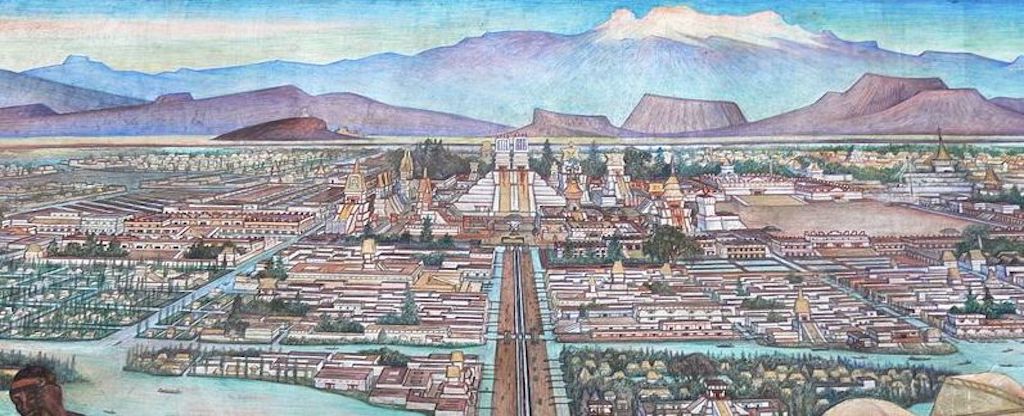
Description
This is lesson 1 of 3 of the unit In What Ways Might Colonization Lead to Rebellion? In this lesson students will identify the casta system in Mexico and its basis in racial hierarchy; build on prior learning about indigenous civilizations in Mexico to evaluate how the encomienda system connects to the later casta system; and compare and contrast colonialism of 1490s with U.S. imperialism in early 1900s, using a Venn diagram. Student’s will use various primary sources to answer DBQ questions to achieve the learning objectives.
Date Range: 1521-1821
Grade Levels: 9-12
Country: Mexico
Course Subjects: African and African Diaspora Studies; Indigenous Studies; Latin American Studies; World History Studies
Topics: Spanish colonization; encomienda system; casta system; U.S. imperialism
Teaching Time Frame: 1 day (90 minute class session)
Supporting Question
- How did colonialism and post-colonial structures impact Mexico? (specifically examining the casta and encomienda system)
Learning Objectives
- Identify the casta system in Mexico and its basis in racial hierarchy.
- Build on prior learning about indigenous civilizations in Mexico: evaluate how the encomienda system connects to the later casta system.
- Compare and contrast colonialism of 1490’s with U.S. imperialism in early 1900’s, using a Venn diagram.
TEKS Standards
- World History.
- (c)-(6)-(A) – Compare the major political, economic, social, and cultural developments of the Maya, Inca, and Aztec civilizations and explain how prior civilizations influenced their development.
- (c)-(7)-(A) – Analyze the causes of European expansion from 1450 to 1750.
- (c)-(7)-(B) – Explain the impact of the Columbian Exchange on the Americas and Europe.
- (c)-(10)-(A) – Identify the importance of imperialism, nationalism, militarism, and the alliance system in causing World War I.
C3 Framework
- Civics
- D2.Civ.6.9-12. Critique relationships among governments, civil societies, and economic markets.
- Geography
- D2.Geo.6.9-12. Evaluate the impact of human settlement activities on the environmental and cultural characteristics of specific places and regions.
- History
- D2.His.1.9-12. Evaluate how historical events and developments were shaped by unique circumstances of time and place as well as broader historical contexts.
- D2.His.2.9-12. Analyze change and continuity in historical eras.
- D2.His.3.9-12. Use questions generated about individuals and groups to assess how the significance of their actions changes over time and is shaped by the historical context.
Downloads
Lesson Plan
Worksheet
Featured Sources
What Ways Might Colonization Lead to Rebellion? Unit
Rights Statement
Creator(s): Emma Ensign-Church, Graduate Student, Department of Curriculum & Instruction; & Emiliano Guajardo, Graduate Student, Department of Curriculum & Instruction
Date: 2019-05-22
This assignment is under a Creative Commons Attribution-NonCommercial-ShareAlike 4.0 International Public License (“Public License”). This license lets others share, remix, tweak, and build upon the work non-commercially, as long as they credit the creators and license their new creations under the identical terms.
